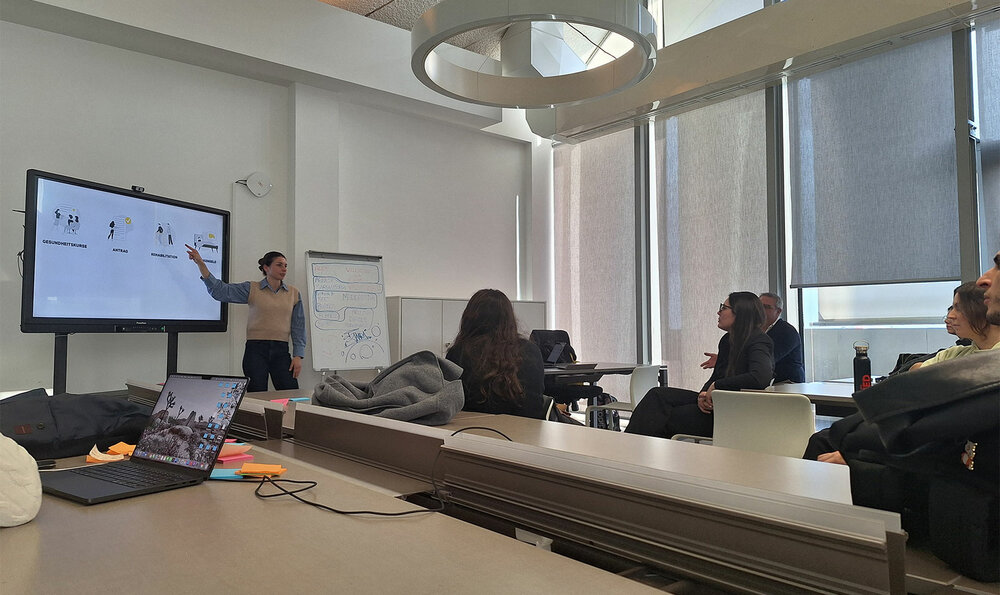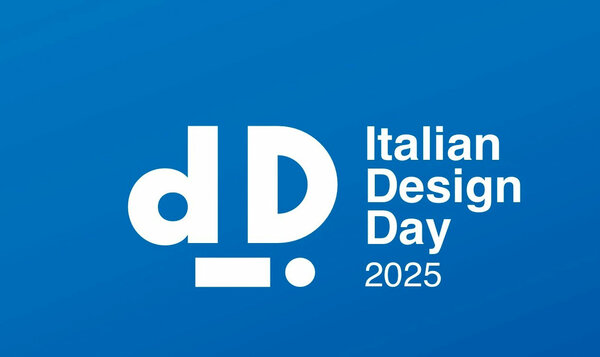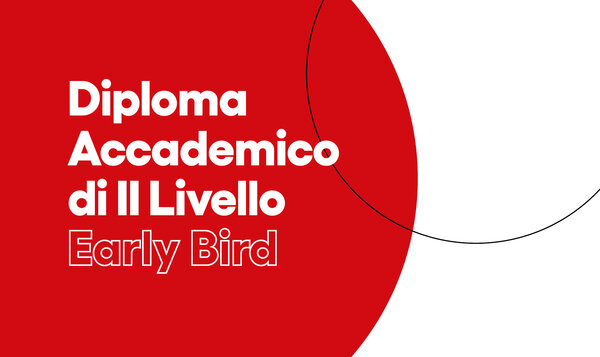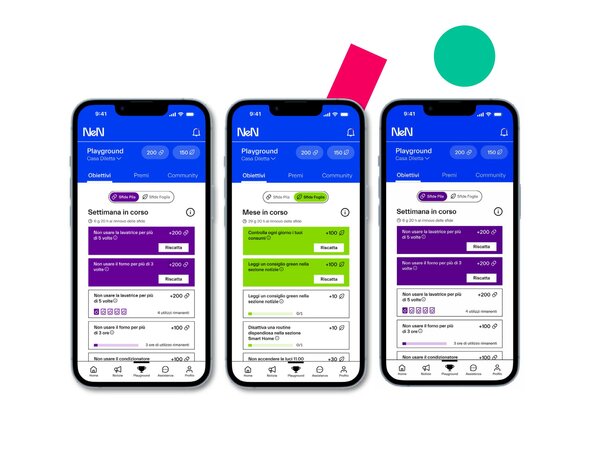A lecture that highlighted the importance of a design that considers the needs of every individual, regardless of their abilities

Design for everyone: Natalia Colombo shares her inclusive approach
Date
20 March 2025
On March 13th, students of the Master Program in User Experience Design had the opportunity to attend a special lecture hosted by Natalia Colombo, a creative, model, and vice-champion of Europe with the Women's Deaf Volleyball National Team in 2011. Natalia, born in 1996 and from Milan, is a young third-generation deaf designer, with both of her parents being deaf. She shared her vision on inclusive design and the importance of visual communication to make design accessible to everyone.
During the session, Natalia spoke about her personal experience in the design world, explaining how the use of sign language and visual communication allowed her to develop a unique perspective when conceiving products and services.
Natalia also discussed some practical solutions that can be used daily to break down communication barriers. These included the use of flashing lights for people who are deaf or hard of hearing, the importance of subtitles in films and TV series, video calls that promote visual communication, vibrating or light-based alarms for those with hearing difficulties, and online interpretation systems that facilitate interaction.
At the core of her presentation was the concept of inclusive design, an approach that takes into account the needs of all individuals, including those with disabilities. Inclusive design is not only an opportunity to improve accessibility but also an ethical issue. Inclusive design ensures that products, services, and environments are accessible, usable, and comfortable for everyone, regardless of their abilities.
Natalia also highlighted some fundamental principles for effective and inclusive design. These include the importance of providing clear and understandable information, flexibility in allowing users to choose how to interact with content (for example, by adding transcriptions to videos), and simplicity in creating minimalist designs that do not overwhelm the user experience. Consistency in design is also crucial, while equity ensures that all users can interact with content on an equal basis.
This experience inspired students to reflect on how design can be a powerful tool for breaking down barriers and making the world a more accessible and inclusive place for everyone.









